The shipping price from China is a decisive factor for businesses worldwide. Importers need to balance speed, cost, and reliability to maintain a competitive supply chain. Understanding the different modes of transportation, their fees, and the hidden charges can help companies plan efficiently and avoid unnecessary expenses.
What Shipping Options Are Available from China?
Businesses can select from air freight, sea freight, rail freight, or courier express services. Each mode has unique strengths and weaknesses.
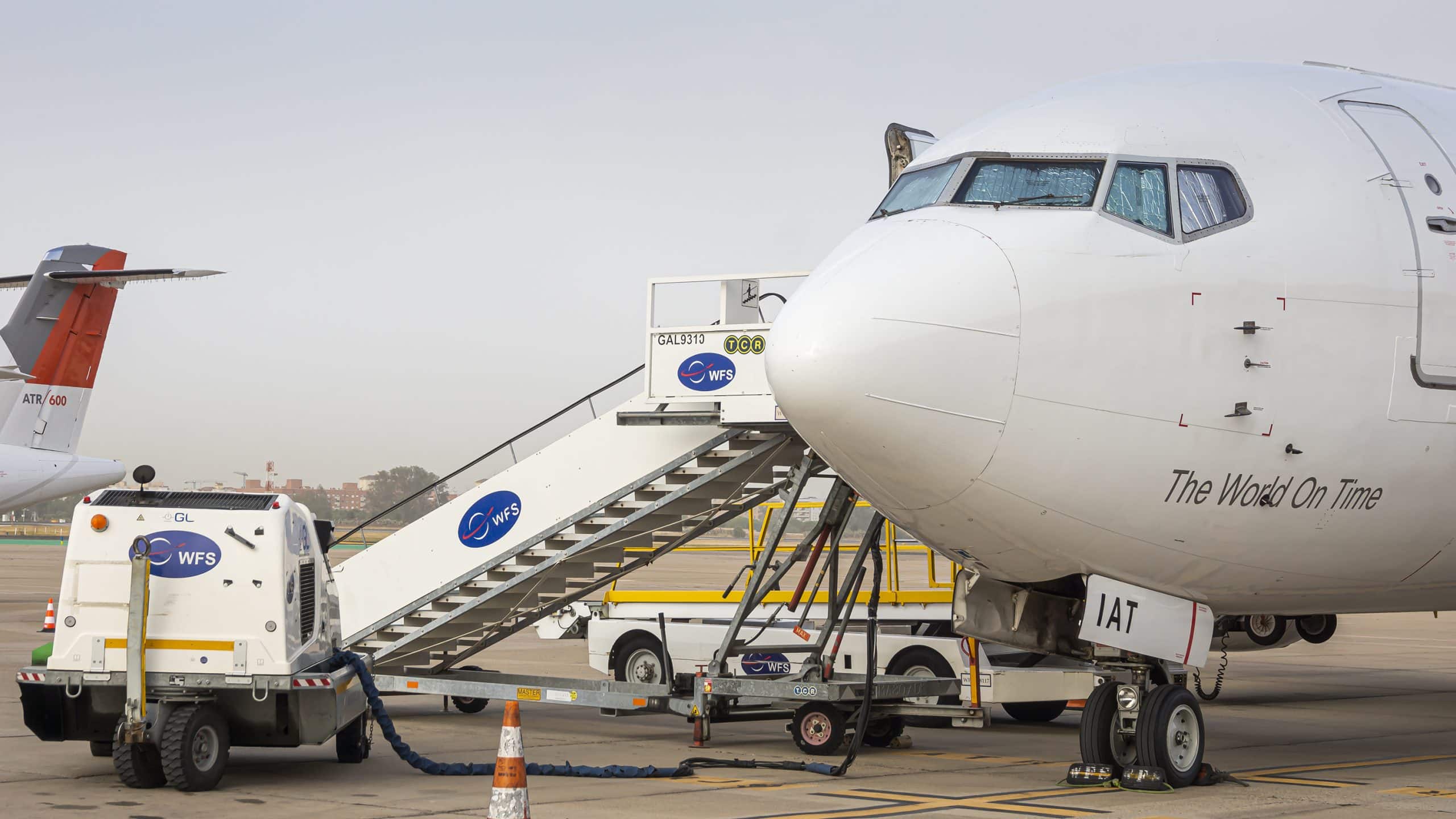
Air Freight
Air freight is the fastest option, often used for high-value or time-sensitive products. However, it is costly compared to other methods.
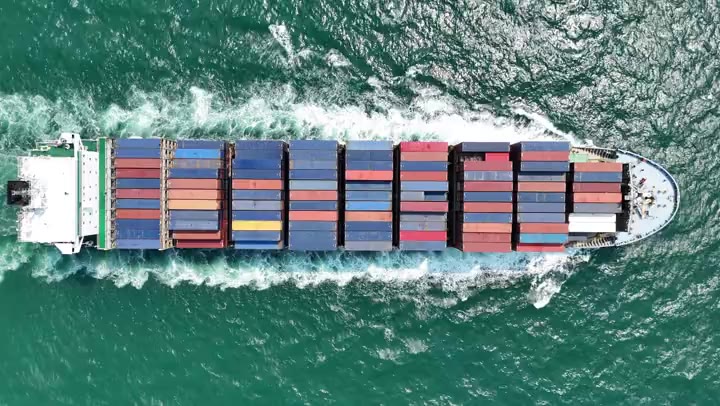
Sea Freight
Sea freight remains the most affordable option for bulk shipments. Companies can choose between FCL (Full Container Load) and LCL (Less than Container Load).
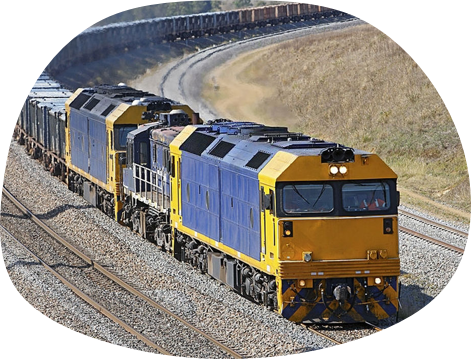
Rail Freight
Rail freight connects China with parts of Europe and even Central Asia. While not as common for routes to North America, it is a growing alternative.
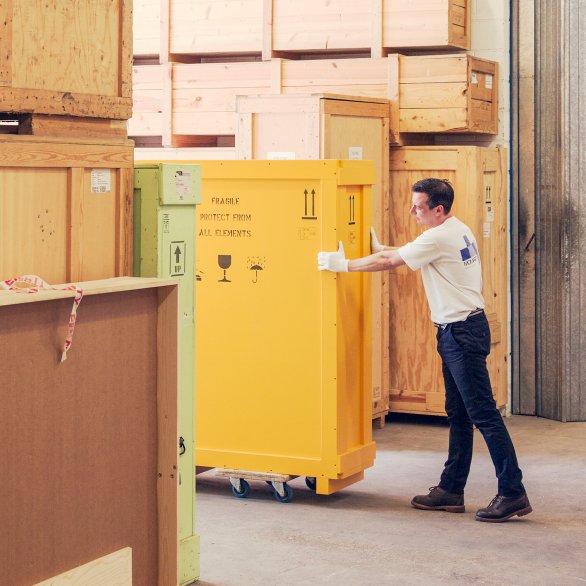
Express Courier
Courier services like DHL, FedEx, and UPS are best for small parcels. Although the unit cost is higher, the convenience is unmatched.
How Much Do Different Freight Modes Cost?
Here is a general breakdown of costs for shipping goods from China:
| Shipping Method | Average Cost (USD) | Transit Time | Best For |
|---|---|---|---|
| Air Freight | $5 – $12 per kg | 3 – 7 days | Small, urgent, high-value cargo |
| Sea Freight | $1,500 – $3,500 (20ft/40ft container) | 15 – 35 days | Bulk goods, large shipments |
| Rail Freight | $2 – $6 per kg | 12 – 20 days | Medium shipments to Europe |
| Courier Express | $8 – $15 per kg | 3 – 6 days | Small parcels, e-commerce orders |
Example: Shipping 100 kg of electronics from Shenzhen to Los Angeles via air freight may cost $700–$1,000, while sea freight could cost around $300–$500 for LCL.
What Factors Affect International Freight Rates?
Several key elements influence the final shipping price from China:
- Weight and Volume: Air freight is calculated by dimensional weight, while sea freight depends on container space.
- Seasonality: Rates rise during peak seasons such as Christmas and Chinese New Year.
- Fuel Surcharges: Oil price fluctuations directly impact carrier fees.
- Port and Terminal Fees: Each port applies handling charges that add to the base freight cost.
- Customs Duties: Import duties and VAT in the destination country must be considered.
How Long Does Shipping from China Usually Take?
Transit time depends on the shipping method and final destination.
| Route Example | Air Freight | Sea Freight | Rail Freight | Courier |
|---|---|---|---|---|
| China → USA (West Coast) | 3–5 days | 15–20 days | — | 3–6 days |
| China → Europe (Rotterdam) | 5–7 days | 25–35 days | 12–18 days | 4–7 days |
| China → Southeast Asia (Thailand) | 2–4 days | 7–12 days | — | 2–5 days |
Which Customs Documents Are Required?
Importers need proper documentation to clear customs smoothly. Missing paperwork can delay shipments and add costs.
| Document | Purpose |
|---|---|
| Commercial Invoice | Declares value and description of goods |
| Packing List | Details weight, volume, and packaging |
| Bill of Lading/Air Waybill | Evidence of contract with carrier |
| Certificate of Origin | Confirms country of manufacture |
| Import Declaration | Required for customs clearance in destination |
Sea vs Air vs Rail Freight: What Are the Pros and Cons?
| Method | Pros | Cons |
|---|---|---|
| Air Freight | Fastest, reliable, secure | Expensive, weight/size limitations |
| Sea Freight | Cheapest for bulk, flexible container sizes | Slow transit, port congestion possible |
| Rail Freight | Faster than sea, cheaper than air to Europe | Limited routes, infrastructure limits |
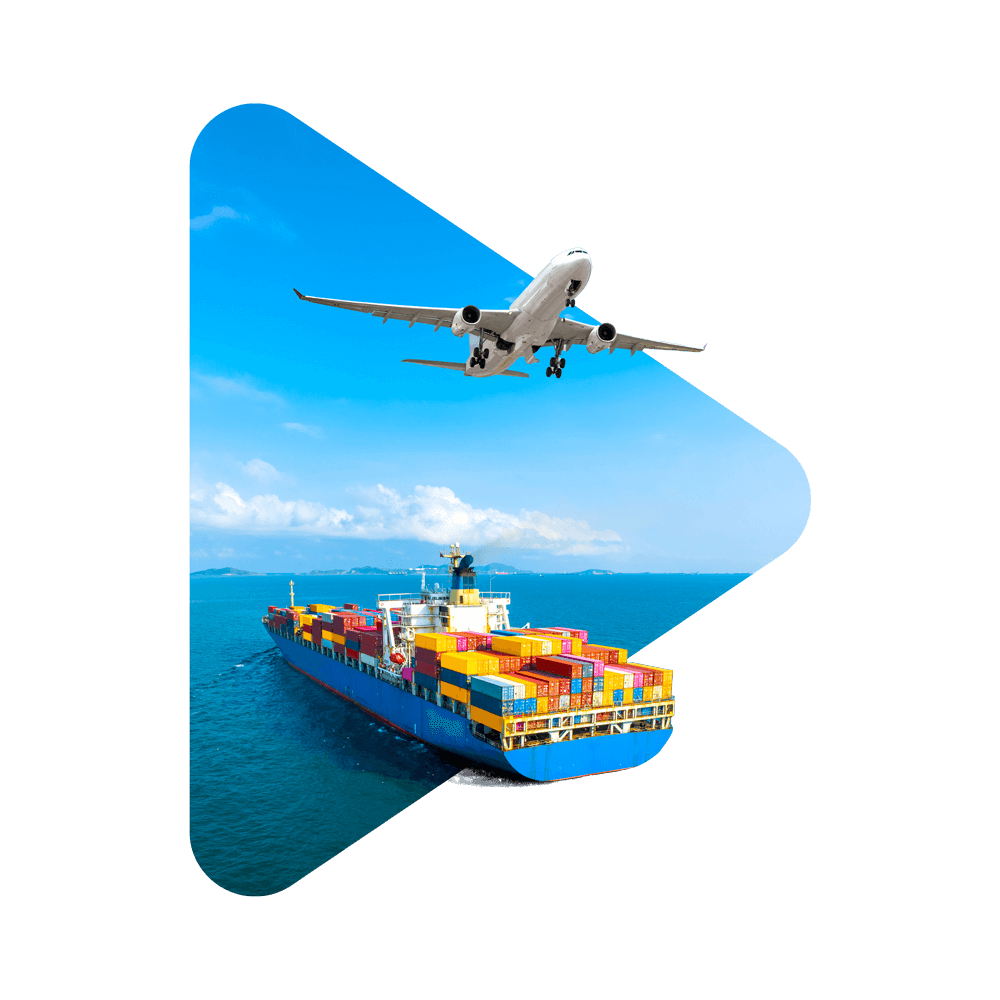
How Can Businesses Reduce Their Shipping Costs?
- Consolidate Shipments: Combine small orders into one container to save per-unit cost.
- Book Early: Avoid last-minute bookings during peak demand seasons.
- Negotiate Contracts: Work with freight forwarders for volume discounts.
- Optimize Packaging: Reduce dimensional weight for air freight.
- Use Technology: Shipment tracking systems minimize delays and hidden costs.
Real Case Studies of Shipping Price from China
Case 1: Shenzhen → Los Angeles (Sea Freight)
- Cargo: Furniture (1×40ft container)
- Cost: $3,000
- Transit Time: 20 days
- Outcome: The client reduced per-unit cost by 40% compared to air freight.
Case 2: Guangzhou → London (Air Freight)
- Cargo: 200 kg fashion apparel samples
- Cost: $1,600
- Transit Time: 5 days
- Outcome: Delivery in time for a fashion show, despite higher unit cost.
Why Work with a Freight Forwarder?
Freight forwarders help businesses navigate the complex logistics process:
- Handle customs clearance
- Provide competitive rate options
- Consolidate shipments for better efficiency
- Offer end-to-end visibility with tracking tools
Partnering with a forwarder saves both time and money, especially for SMEs.
Conclusion
To summarize, the shipping price from China varies widely based on transportation mode, shipment size, and destination. Sea freight is the cheapest for bulk cargo, air freight is best for speed, and rail freight offers balance for Europe. By using freight forwarders, consolidating shipments, and planning around peak seasons, businesses can reduce costs and ensure reliable logistics.
- Consult TJ China Freight Forwarding for the lowest quote. They will provide you with reliable, cost-effective service.
FAQs
Q1.What is the cheapest way to manage shipping price from China?
Sea freight offers the lowest unit cost, especially for bulk shipments. It is slower, but reliable for large-scale imports.
Q2.How do fuel surcharges influence shipping rates from China?
Fuel surcharges vary by carrier and global oil prices. They significantly impact both air freight and sea freight rates.
Q3.Can small e-commerce sellers reduce shipping prices from China?
Yes, using express courier consolidation services helps small sellers reduce shipping costs while maintaining delivery speed.
Q4.What role do Incoterms play in shipping price from China?
Incoterms define responsibility for costs like freight, insurance, and customs, directly influencing the final price importers pay.
Q5.Is rail freight a good alternative to air for shipping from China to Europe?
Yes, rail freight balances cost and speed, making it ideal for medium-sized shipments not requiring urgent delivery.

